You want engaged and motivated learners.
That means you need a safe classroom.
What’s involved in creating a safe learning environment for students?
Read on to find out.
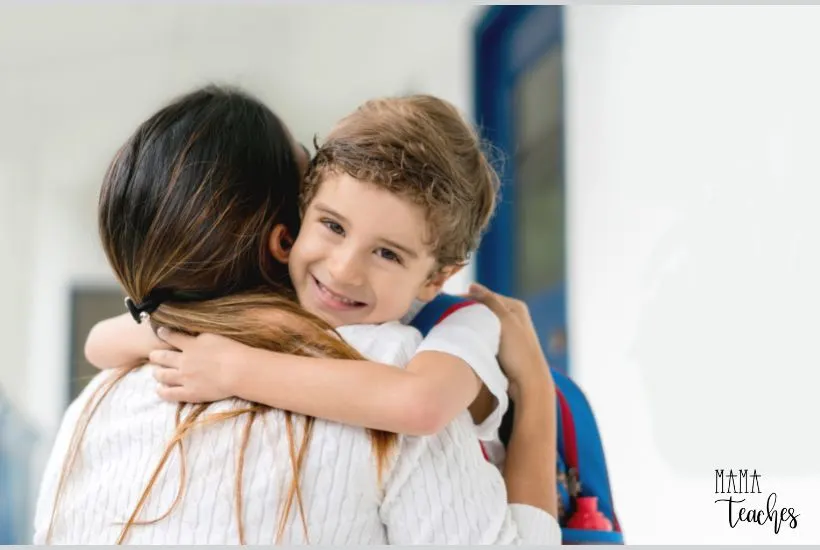
This article contains affiliate links to things that you might like.
What Is a Safe Learning Environment?
“Take chances! Make mistakes! Get messy!” urged Ms. Frizzle from The Magic School Bus.
She knew that in order to learn, kids would need to take risks.
They would need to fail. They would need to wade through the mess of creativity.
That’s where learning happens.
As a teacher, you need a classroom that is a safe learning environment.
It’s not enough to have bright posters on the walls and the best-laid lesson plans.
You need to knowingly foster an environment in which children can take a chance in order to learn.
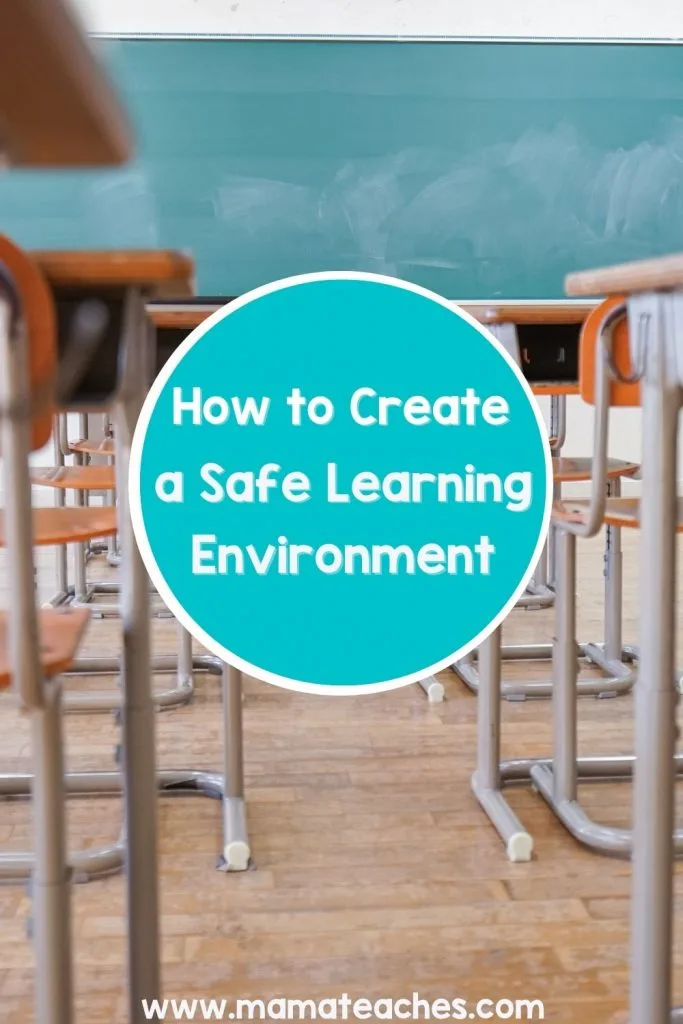
How Can You Create a Safe Classroom Environment?
As a teacher, you set the tone for your classroom.
A safe learning environment is one where your students feel:
Engaged
Children need to want to learn.
That is the first piece.
What are you doing to engage your students’ curiosity?
Included
If a student feels alone, he will retreat into his shell.
You need to help each student to make connections with others and with you.
How can you facilitate lessons so everyone feels a part of things?
Challenged
When you learn, you tackle something new.
That means you need to move out of your comfort zone.
Challenge your students to reach a little farther.
They are capable of more than they know.
Supported
This last component of a safe learning environment is the foundation.
If you are going to challenge your students, they need to know you’ve got them.
Give them a boost if they need it.
Cheer them on when they try (even if they don’t succeed).
Let them know you’ve got their backs.

Ways to Create a Safe Classroom
You’re a caring teacher.
You wouldn’t be reading this article if you weren’t.
You want to create a safe classroom, one where each student feels engaged, included, challenged, and supported.
How do you do that practically?
Let Your Students Know You Care
It takes time to establish a connection with each student, so you are on that mission from Day 1.
Look them in the eye, give them words of encouragement, notice their likes and dislikes, and show each student that you see him or her.
If you can show students that you are for them, they will do their best for you.
You can give air fives, tell students how much they were missed when they were absent, and keep a list of their hobbies and interests (and incorporate them into word problems or spelling sentences).
Make It Clear It’s Okay to Take Risks
You need to establish that your classroom is one where students can get the answer wrong and the ceiling won’t fall on their heads.
You need to encourage them to venture an answer, try a new strategy, or solve a problem a different way.
Praise effort and creativity and bravery the most.
Never ever belittle a student who struggles or gives a wrong answer; praise him for the effort!
Tell him he’s almost there!
Perfectionists have a hard time learning; they quit when things get hard.
Risk-takers are lifelong learners.
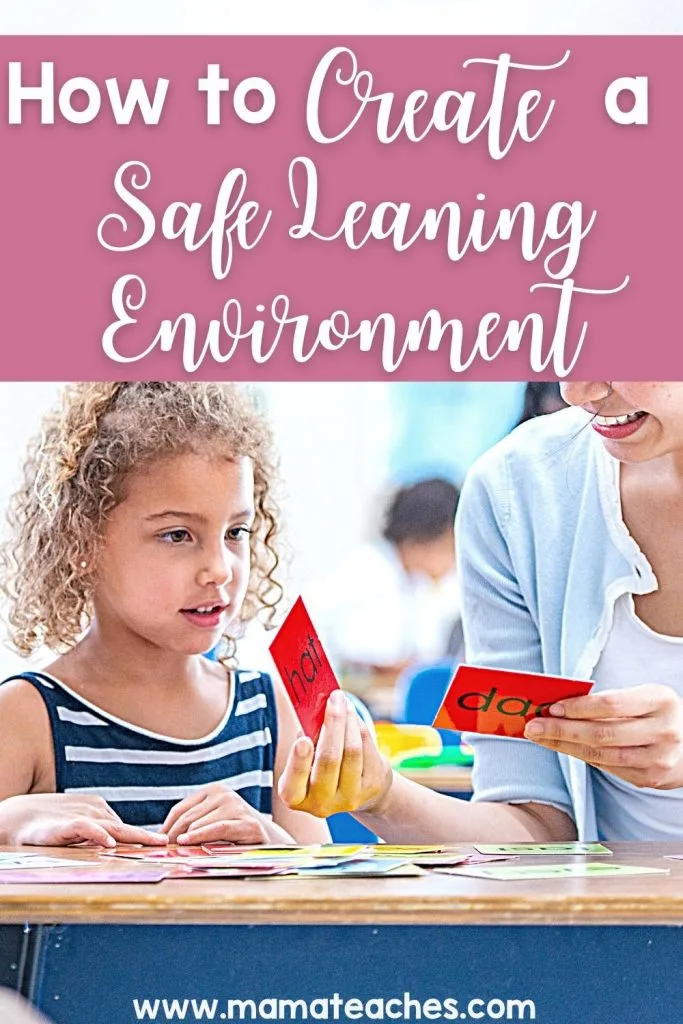
Start with Team Building
You aren’t the only variable in your classroom; you have a room full of people who contribute to the classroom learning environment.
By beginning your year with plenty of team-building exercises and activities, you will build and strengthen relationships between your students.
This will give each of them a sense of belonging.
Lead by Example
It’s easy for students to put their teacher on a pedestal, but you can inspire your kids by showing them you aren’t perfect.
Be willing to try and fail.
Own your mistakes.
Are you a poor artist?
Draw silly pictures on the board for your students.
If you misspell a word, laugh a bit and shrug it off.
Don’t berate yourself (that just sets the example of “negative self-talk”).
Just show that you, too, take chances, make mistakes, and get messy (and have a grand time doing it!).
Use Humor
You can always tell a safe classroom because it is one where you hear laughter.
Use humor to diffuse tense situations.
Never use harsh jokes or caustic sarcasm, but add a dose of funny when needed.
If the students are struggling with math on a given day, surprise them by saying, “Whew!
I think we need some math medicine to wake up our brains,” and hand out some peppermints.
Cheer them up with a song (I find that “Don’t Worry, Be Happy” works wonders).
Open some of your lessons with silly jokes.
Add a funny animal meme to your next PowerPoint presentation.
Above all, laugh at yourself.
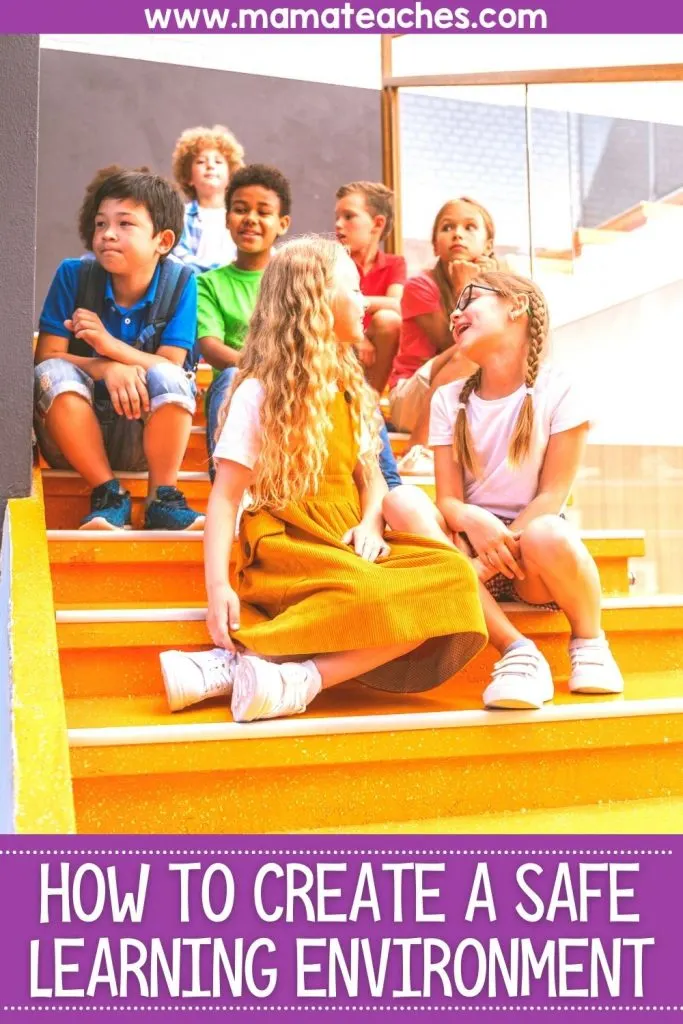
How to Create a Safe Learning Environment in Your Homeschool
Your homeschool is also a place where people learn, so you need to foster a safe learning environment there as well.
You are a step ahead of the classroom teacher in that you already have a strong connection with your student!
You also know a lot about them.
But you still have some work to do.
Even more than he would want to please a classroom teacher, your child wants you to be proud of him.
Don’t tie your praise strictly to his successes; praise his effort.
Praise the times he tries (and even fails). Give him a high five when he thinks out of the box.
Smile at him when he makes a mess in pursuit of learning (my son would regularly raid the recycling bin for his “creations”).
Tell your child stories about how you pushed through to learn something new.
When possible, learn alongside her.
Show her you make mistakes, too.
She’ll feel safe to push forward if she knows there is no shame in trying and failing.
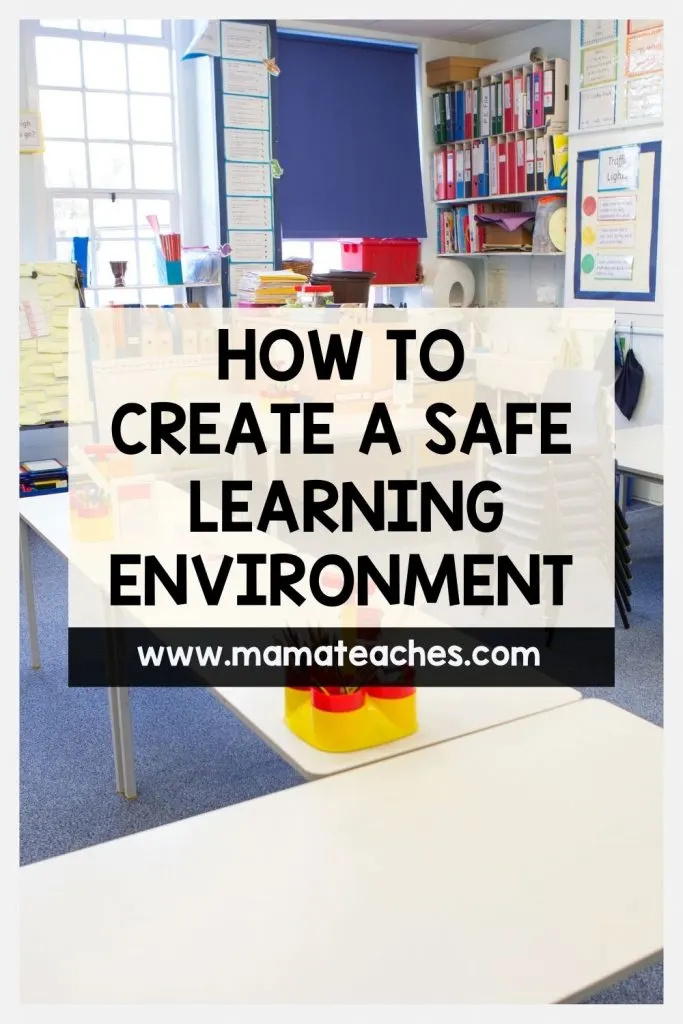
What You Need to Know to Create a Safe Learning Environment
You care about your students.
You want them to learn.
And that means you are willing to put in the effort to create a safe learning environment.
By taking steps to make sure they are engaged, supported, challenged, and included, your classroom will be bursting at the seams with laughter and learning.
